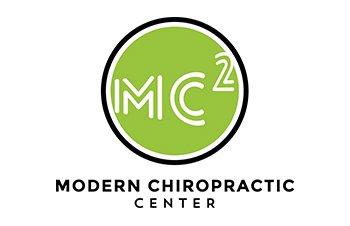What is a Spondylolisthesis?
Spondylolisthesis is a condition that occurs when one vertebra in the spine slips forward or backward in relation to the adjacent vertebrae. This condition can occur in any part of the spine but is most commonly seen in the lower back, specifically in the lumbar spine.

There are several types of spondylolisthesis, including:
- Congenital spondylolisthesis: This type of spondylolisthesis is present at birth and is caused by an abnormality in the development of the spine.
- Isthmic spondylolisthesis: This type of spondylolisthesis is caused by a defect or fracture in the pars interarticularis, which is a small, bony bridge between the upper and lower facets of a vertebra.
- Degenerative spondylolisthesis: This type of spondylolisthesis is caused by age-related changes in the spine, such as disc degeneration, arthritis, or spinal stenosis.
- Traumatic spondylolisthesis: This type of spondylolisthesis is caused by a spinal injury or trauma, such as a fall or car accident.
Symptoms of spondylolisthesis may include lower back pain, muscle stiffness or weakness, numbness or tingling in the legs, and difficulty standing or walking. Treatment for spondylolisthesis may include conservative measures, such as Corrective Chiropractic, or bracing, as well as more invasive treatments, such as surgery, depending on the severity of the condition and the patient’s symptoms.
Chiropractic Biophysics (CBP®) has been shown to reduce the severity of spondylolisthesis in several published case reports.1-3
Contact Modern Chiropractic Center to schedule a consultation and start your treatment process today!
REFERENCES:
- Fedorchuk C, Lightstone DF, McRae C, Kaczor D. Correction of Grade 2 Spondylolisthesis Following a Non-Surgical Structural Spinal Rehabilitation Protocol Using Lumbar Traction: A Case Study and Selective Review of Literature. J Radiol Case Rep. 2017 May 31;11(5):13-26. doi: 10.3941/jrcr.v11i5.2924. PMID: 29299090; PMCID: PMC5743136.
- Fedorchuk C, Himel B, Lightstone DF. Improved Pain and Quality of Life with Corrected Thoracic and Lumbosacral Spondylolisthesis Subluxations Using CBP®: A Case Study and 1-Year Follow-Up. J Radiol Case Rep. 2022 Feb 1;16(2):21-38. doi: 10.3941/jrcr.v16i2.4413. PMID: 35586358; PMCID: PMC9063820.
- Fedorchuk CA, Lightstone DF, Oakley PA, Harrison DE. Correction of a double spondylolisthesis of the lumbar spine utilizing Chiropractic BioPhysics®technique: a case report with 1 year follow-up. J Phys Ther Sci. 2021 Jan;33(1):89-93. doi: 10.1589/jpts.33.89. Epub 2021 Jan 5. PMID: 33519081; PMCID: PMC7829569.





